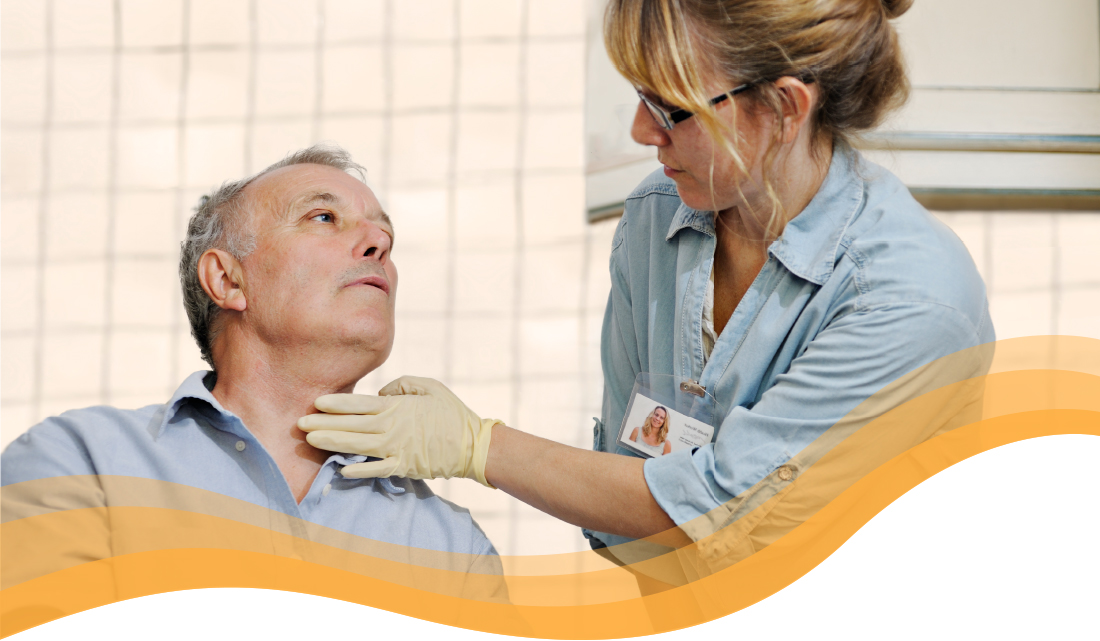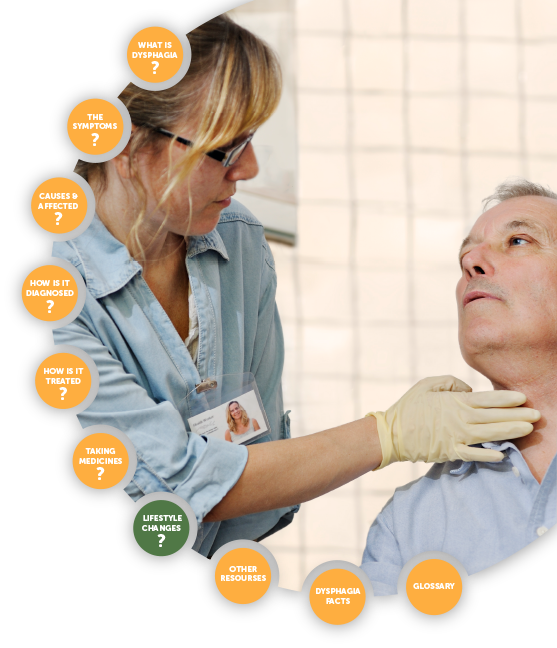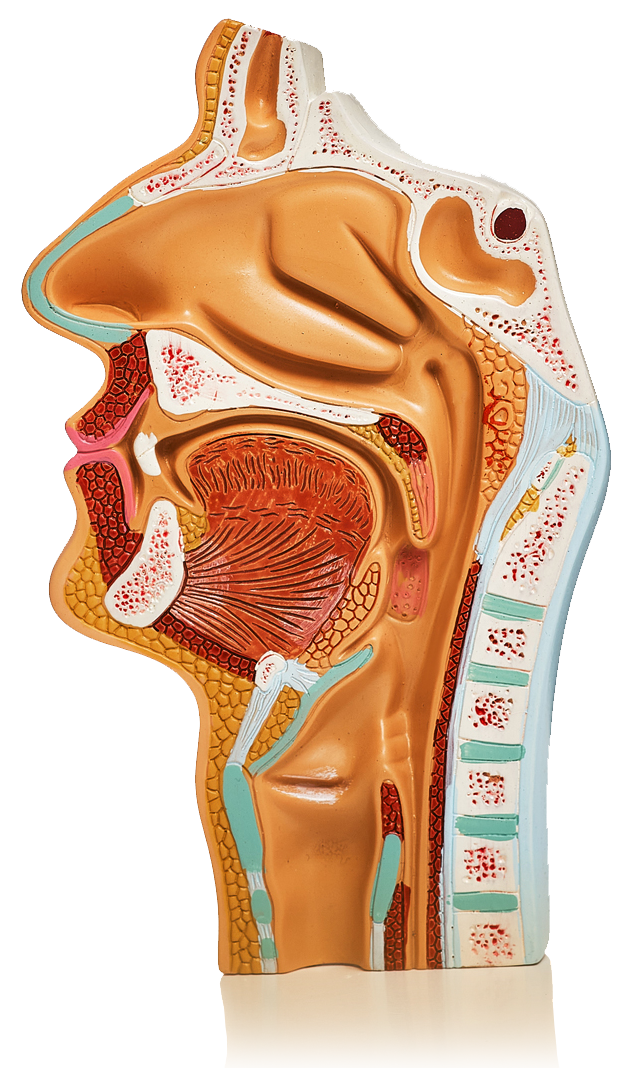
Swallowing exercises1
Patients may be referred to a speech and language therapist (SLT) for swallowing therapy. An SLT is trained to work with people with eating or swallowing difficulties and uses a range of techniques that can be tailored to a patient’s specific problem, such as teaching swallowing exercises.
Swallowing exercises1
Patients may be referred to a speech and language therapist (SLT) for swallowing therapy. An SLT is trained to work with people with eating or swallowing difficulties and uses a range of techniques that can be tailored to a patient’s specific problem, such as teaching swallowing exercises.
Warning2
These exercises are for informational purposes only and should not be used as a substitute for consultation with an appropriate healthcare professional, as each individual’s medical situation is unique. It is important that you consult with your medical professional (e.g. doctor, SLT) before implementing any course of treatment. Exercises which are new to you should be done with the help of a care giver and when access to emergency medical care is available.
If patients experience significant pain or discomfort while doing these exercises, they should stop immediately and inform their doctor.
The following are exercises described by the National Foundation of Swallowing Disorders (NFOSD). A video of each exercise is available on the NFOSD website at: www.nfosd.org

References
- National Foundation of Swallowing Difficulties.
Available at: https://swallowingdisorderfoundation.com/oral-exercises-to-strengthen-the-swallowing-function-entry-page/ Accessed 28 February 2022. - National Foundation of Swallowing Difficulties.
Available at: https://secureservercdn.net/198.12.144.78/62e.0b2.myftpupload.com/wp-content/uploads/2018/03/Clinician-Template-V9.pdf Accessed 28 February 2022.

